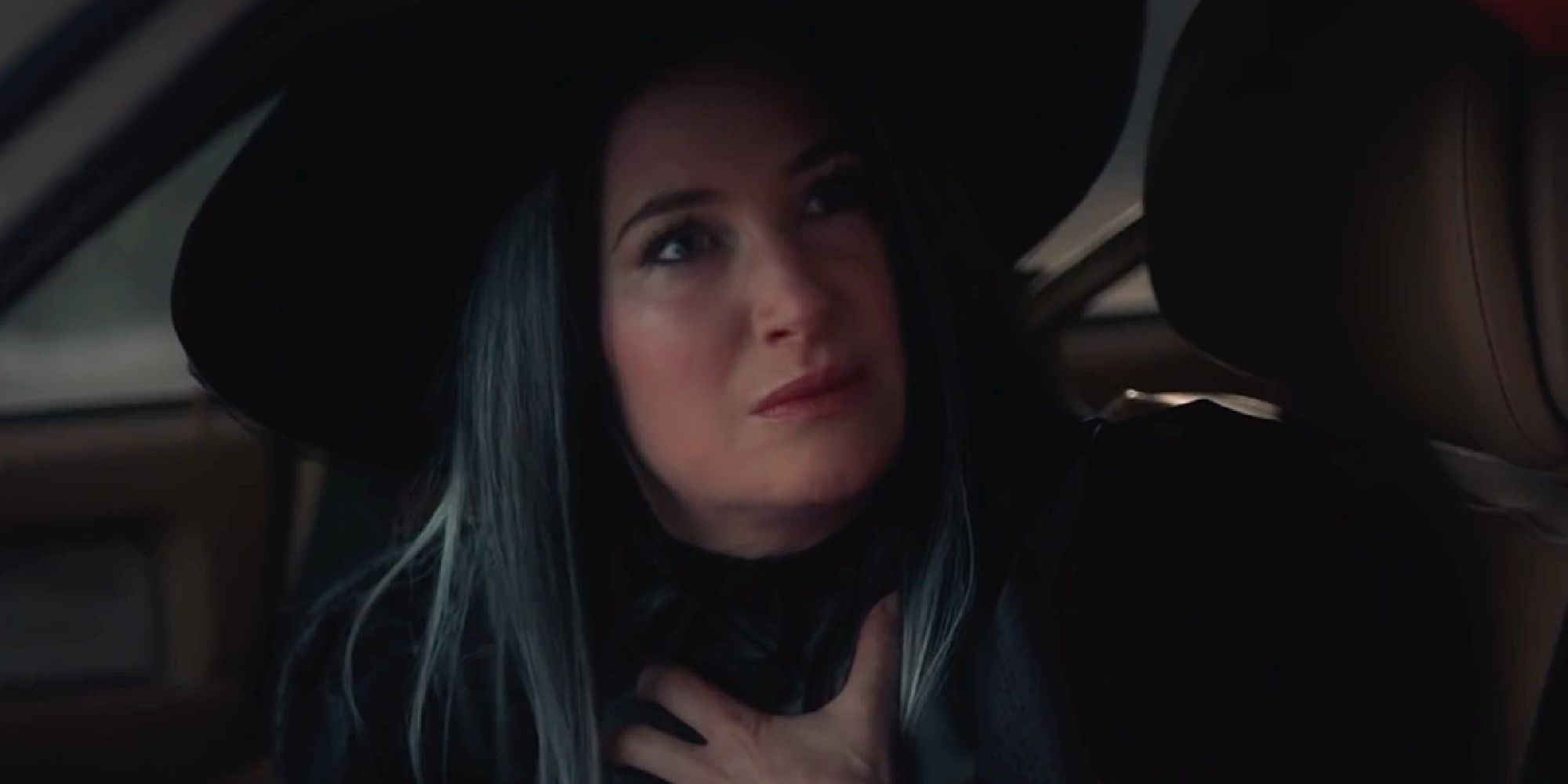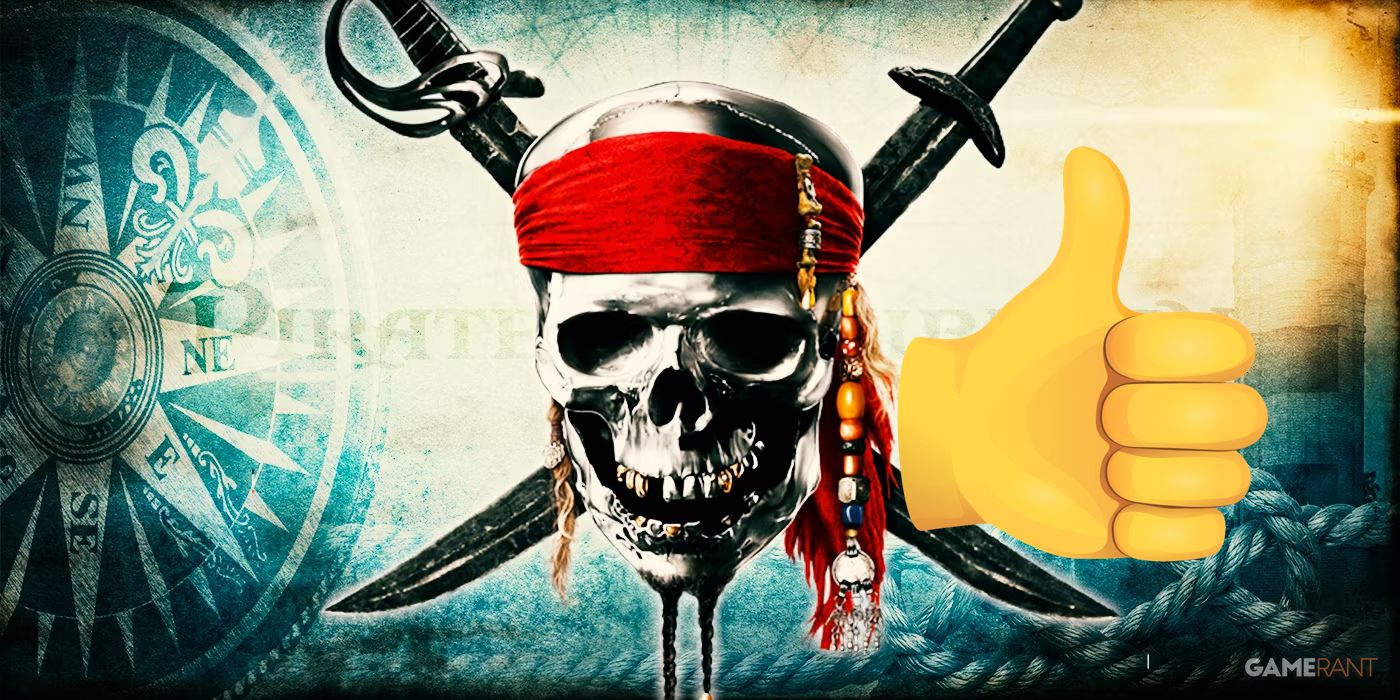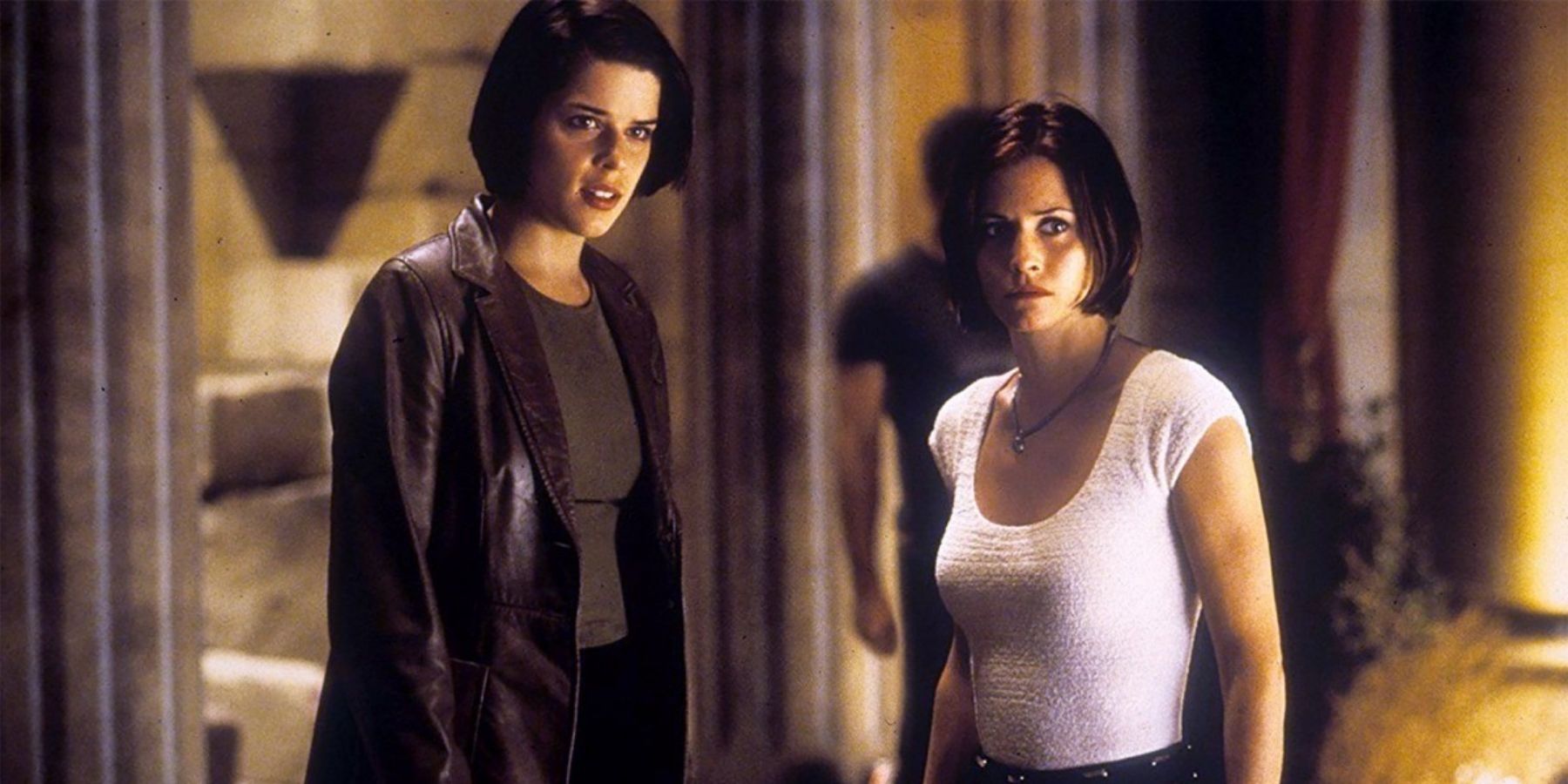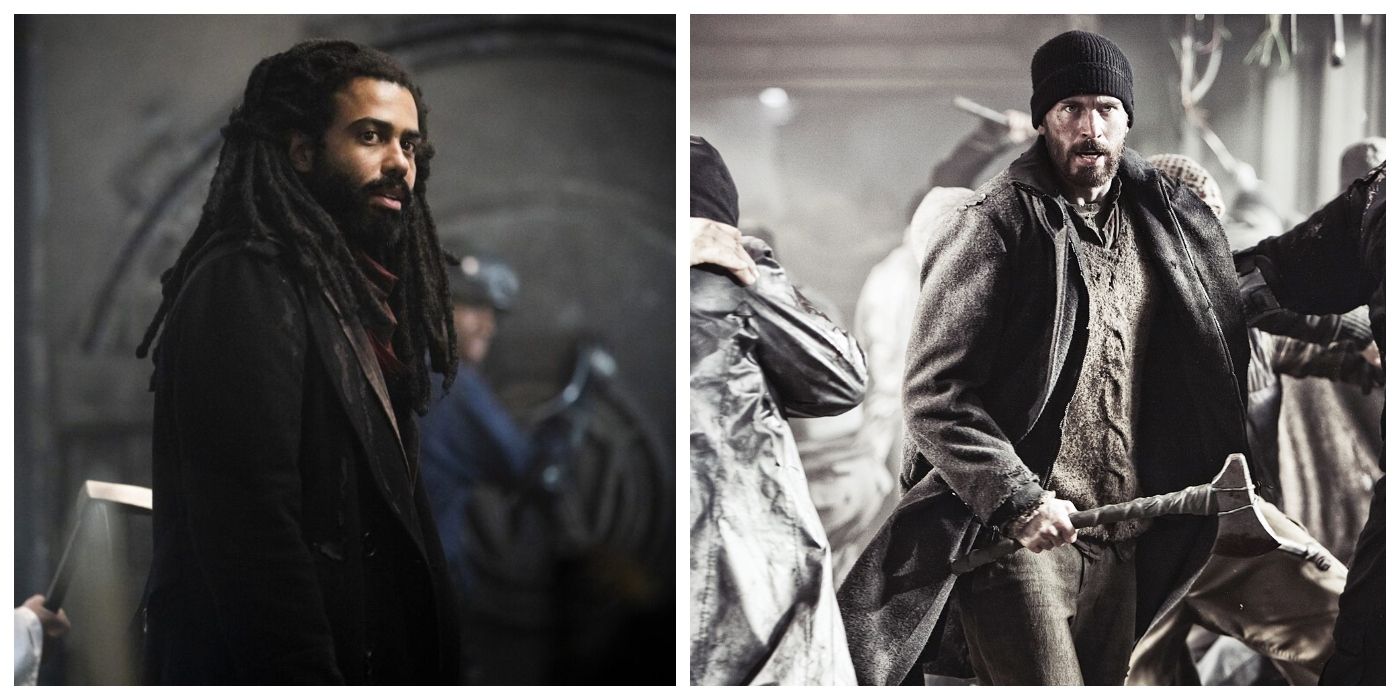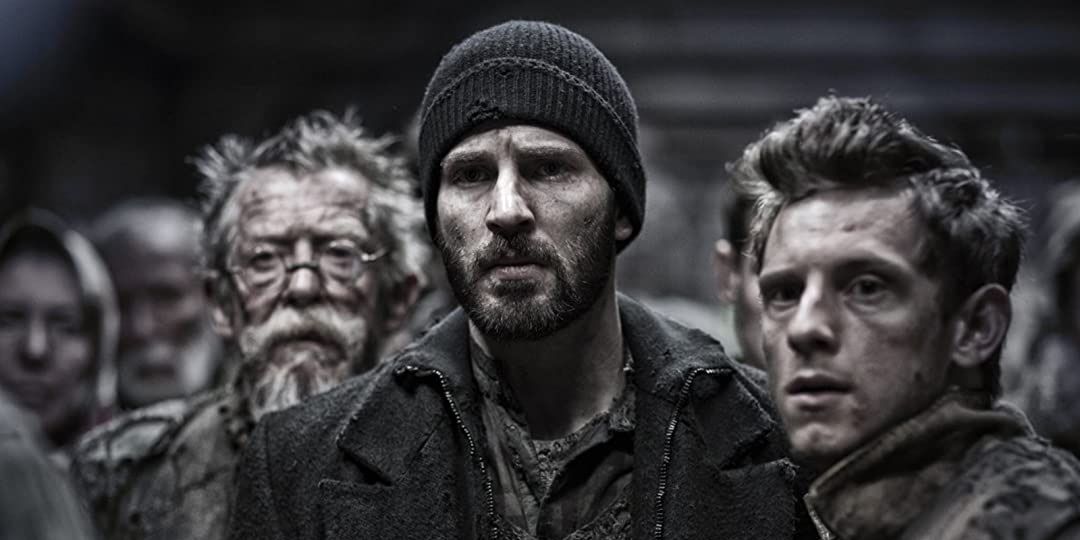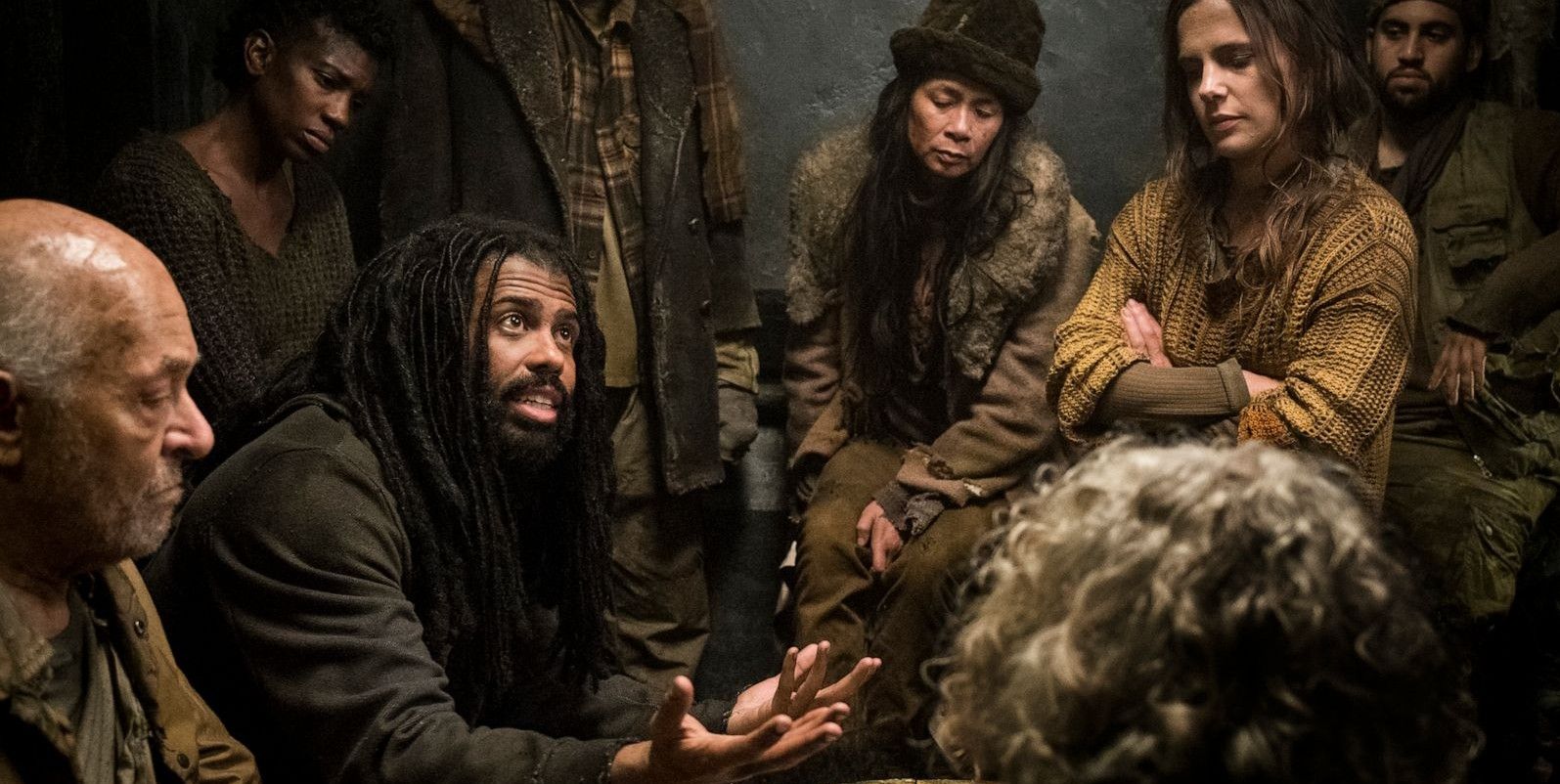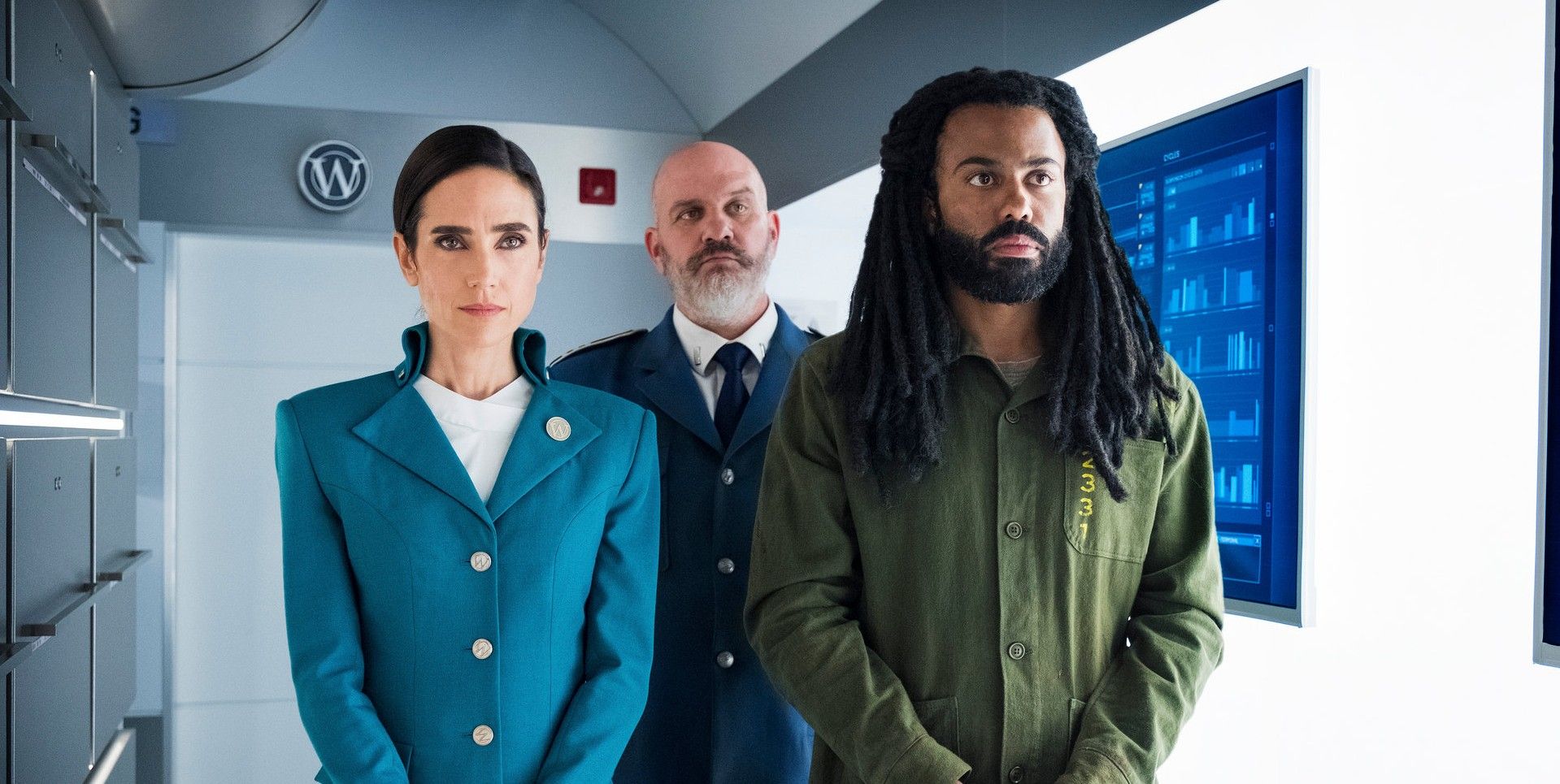In 1982, a French graphic novel created by Jacques Lob, Jean-Marc Rochette, and Benjamin Legrand entitled Les Transperceneige was released. Later continued in three other volumes, the story involved a 1,001 car long train called Snowpiercer, which travelled around the world containing what was left of humanity after an environmental disaster induced an ice age. Conditions on the train ranged from the dismal environment of the back cars to luxury in first class.
In 2013, Les Transperceneige was adapted into an English feature film, Snowpiercer. The film took several liberties with the story but kept the key concepts, and it was a critical and commercial success. In 2020, the story was adapted yet again for English audiences, this time in the form of a television show also titled Snowpiercer. Distributed by TNT as well as Netflix, the show has now aired two seasons of ten episodes each, with a third season now in production.
It's often interesting to compare adaptations done in different formats. Movies and television shows have different narrative structures and methods of storytelling. It is that which leads to several of the key differences in the Snowpiercer adaptations and makes for very different viewing experiences. This article will stay as light on spoilers as possible, but will still look at some of the key similarities and differences between Snowpiercer (2013) and Snowpiercer (2020--).
Different Timelines
Snowpiercer (2013) was directed by Bong Joon-Ho, who more recently received acclaim for his Oscar-winning film Parasite. Snowpiercer was his first film mostly in English, so he co-wrote it with writer Kelly Masterson. The film is set on the constantly moving train Snowpiercer a full eighteen years after the world was plunged into an ice age so cold no one could survive it. Some of the adult characters, including Jamie Bell's Edgar, are too young to remember living in the outside world, while others can remember but have lived their entire adult lives on the train.
The closed ecosystem that is the train has survived for eighteen years, but the movie makes it clear that this is not sustainable for anyone--not for the tired lower classes, and not for the train itself. The length of time between boarding of the train and the events of the movie make the character's actions feel more desperate but also more urgent, and the audience wants to see them succeed after so long.
Linking the two adaptations, Bong Joon-Ho acts as executive producer for the television version of Snowpiercer. The show has been written and developed by Josh Friedman, who also wrote on shows such as Terminator: The Sarah Connor Chronicles and Netflix's Locke and Key, and Graeme Manson, best known for co-creating acclaimed Canadian series Orphan Black.
In contrast to the film, the show is set seven years after the ice age and the boarding of the train. Other than the young children, the characters all have distinct memories of their lives and jobs before the train. Enough time has passed for a culture and new sense of normalcy to have been created on Snowpiercer, but that doesn't stop people from missing the past or from wanting to change or improve their situation.
The Rebellious Protagonist
In the film version of Snowpiercer, Captain America's Chris Evans plays the lead. His character is named Curtis Everett, a man who lives in the tail end of the train. The tail is made up of people who fought their way onto the train eighteen years ago even though they did not purchase tickets and they have been living in poor conditions ever since. Curtis is one of the leaders of the tail section's revolution, set on working to improve their situation and leading a rebellion against those who keep them oppressed. He is a fighter, having lived his entire adult life on the train but not content with the state of things.
The lead character of the TV show Snowpiercer is also a rebellion leader in the tail, but is a very different man. Hamilton's Daveed Diggs plays Andre Layton, a former homicide detective who is highly respected in the tail. Layton gets forcibly pulled out of the tail section when a murder uptrain makes him suddenly useful to the upper classes, and he uses that position to further aid the revolution while also trying to solve the murder. Unlike Evans' Curtis, Layton is a black man, adding another layer to his experience of oppression on the train and to both his function as and interaction with police and authority on Snowpiercer. Despite his skillset and being known as a revolutionary, he is often underestimated.
Class and Focus
Within its 126 minute run time, Snowpiercer (2013) focuses heavily on the tail section of the train, and follows those characters as the film's heroes. The cars of the train beyond the tail section are mostly seen through the eyes of characters from the tail, as they travel up Snowpiercer during their rebellion.
After seeing the cramped section of the tail, where the occupants are crowded together and only eat gelatinous protein bars with unknown contents, the sight of cars filled with livestock, plants, and luxuries such as fashion or music is shocking to both the audience and the characters. One of the major characters from outside the tail is Ed Harris' Wilford, the creator of the train who has cultivated an almost cult-like devotion to him within the upper classes. Wilford stands in sharp contrast to characters like Curtis. Wilford lives in luxury, and cares more about the survival of the train and his worship of the engine than about actual people.
As a television show, 2020's Snowpiercer has more time and space to explore characters outside the tail section. One of the lead characters alongside Layton is Jennifer Connelly's Melanie Cavill, introduced as the head of hospitality on the train. She is also the "Voice of the Train," the person who does daily announcements and delivers the words of Wilford to the passengers.
It is soon revealed that in this version of Snowpiercer, Wilford himself was never on the train. He was left behind at boarding by Melanie who has been pretending to deliver messages from an allegedly reclusive Wilford ever since. In truth, she is making the decisions and acting as head engineer on top of her role in hospitality. It is Melanie that takes Layton out of the tail to be her train detective. Throughout the series, the audience encounters characters from all classes, and learns more about the culture of the train as well as what it takes to maintain it.
Both versions of Snowpiercer deal with issues of class inequality and social injustice. They both look at humanity and explore what people are willing to do to survive--from the actions of the people on the train, to the creation of the train itself. The concept is interesting and creative and allows for some really compelling and often tragic storytelling in both movie and television form. There is a lot more going on that cannot be explained without spoiling some shocking aspects of both adaptations, so for those who are interested, they are worth a watch.

